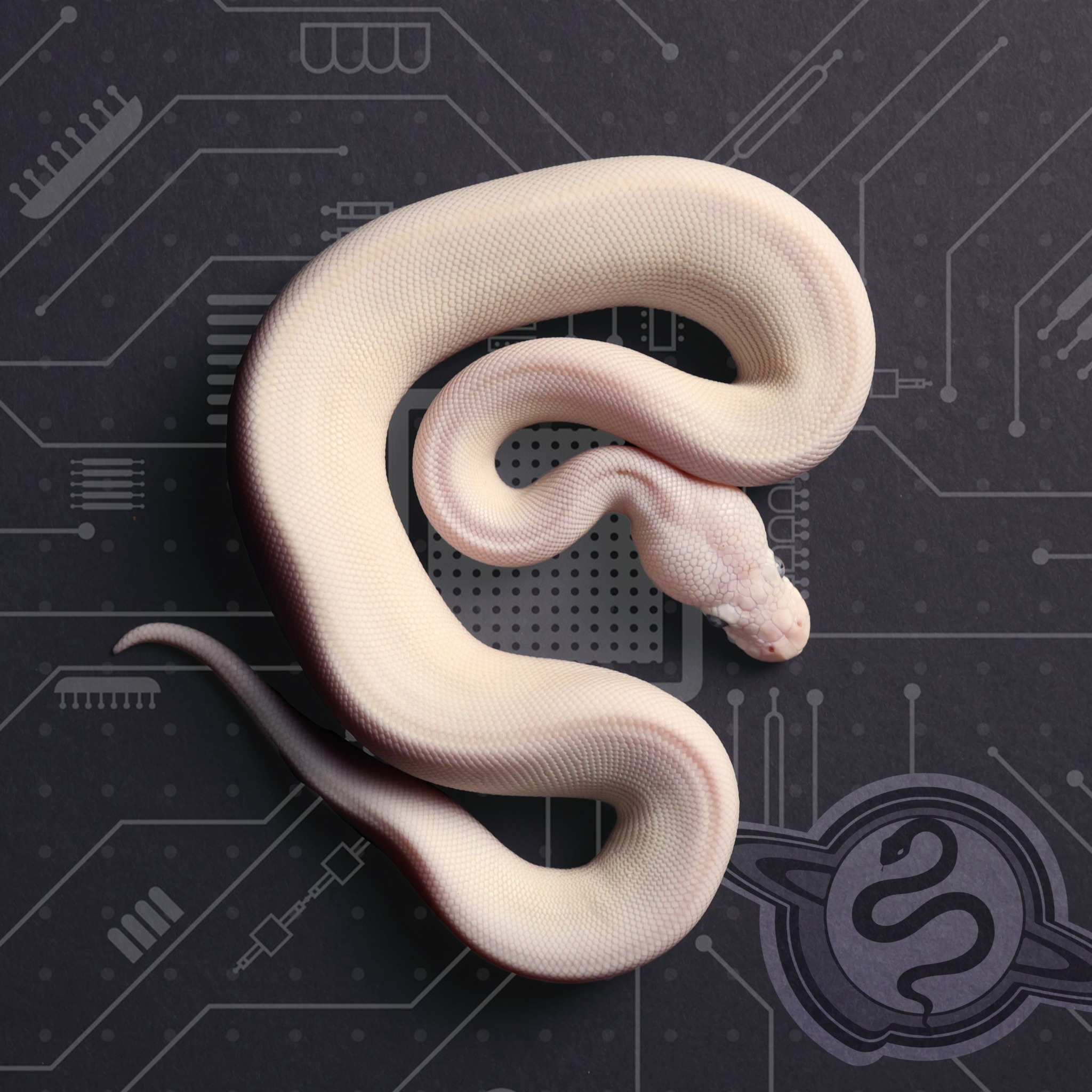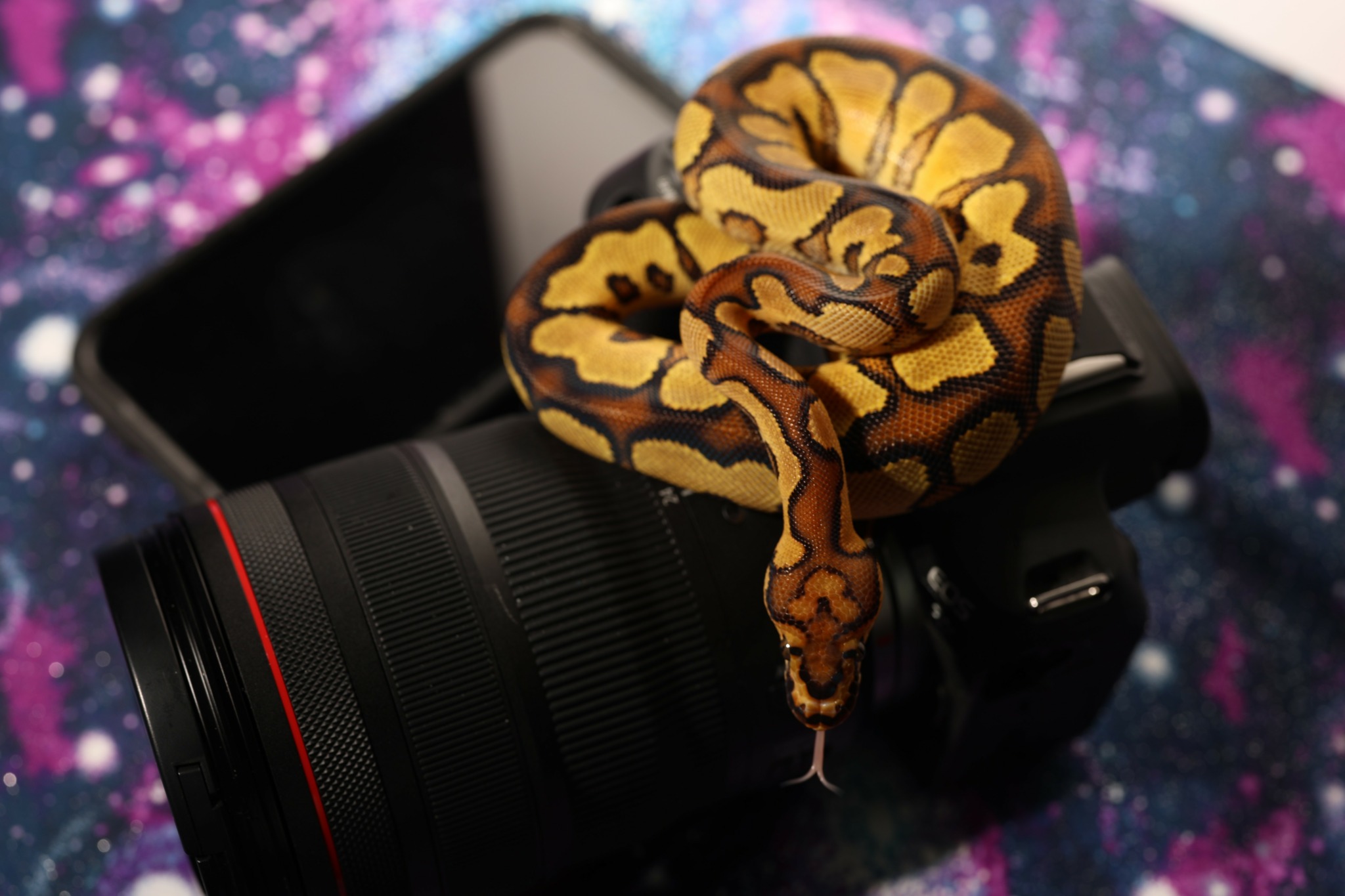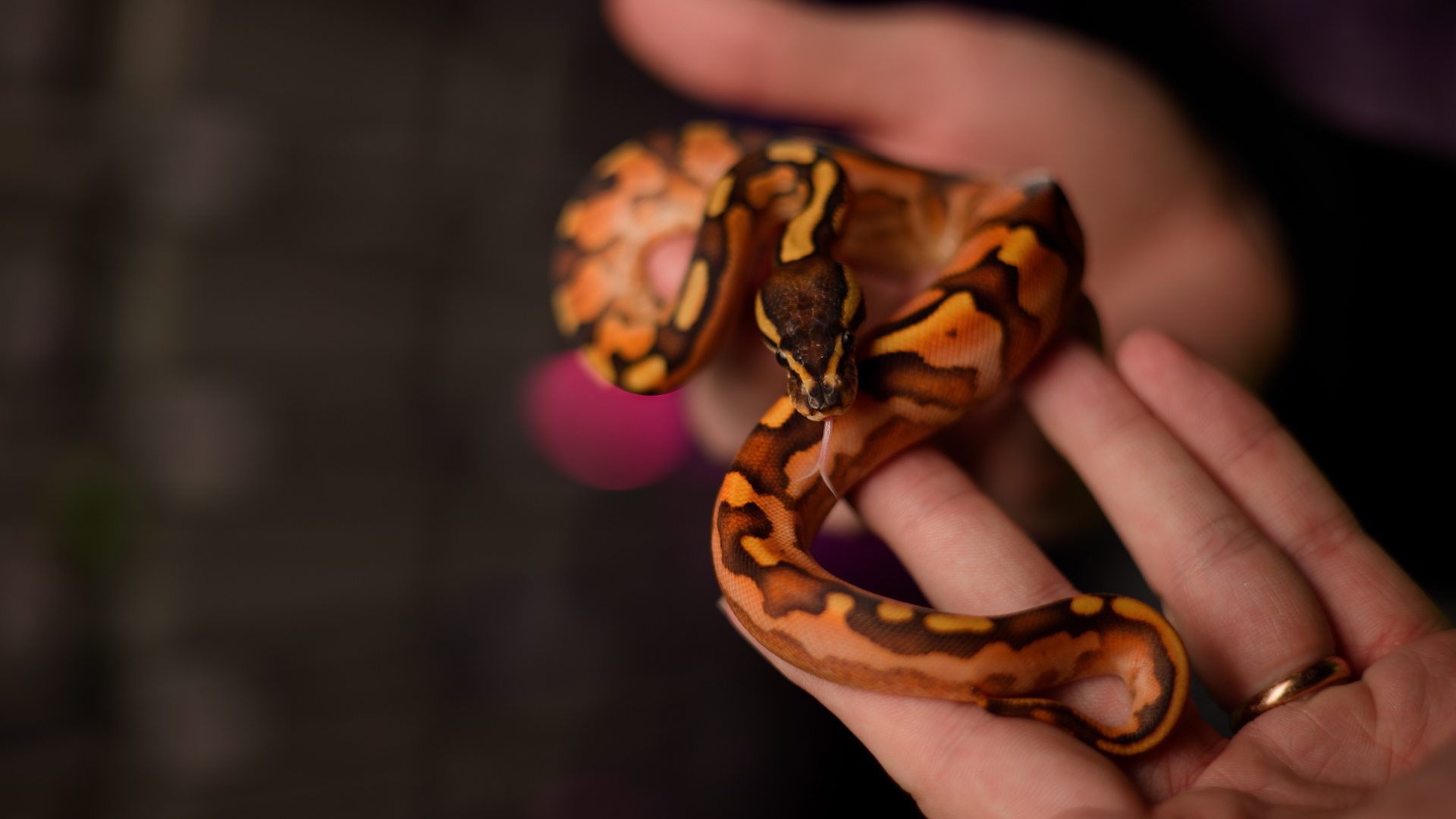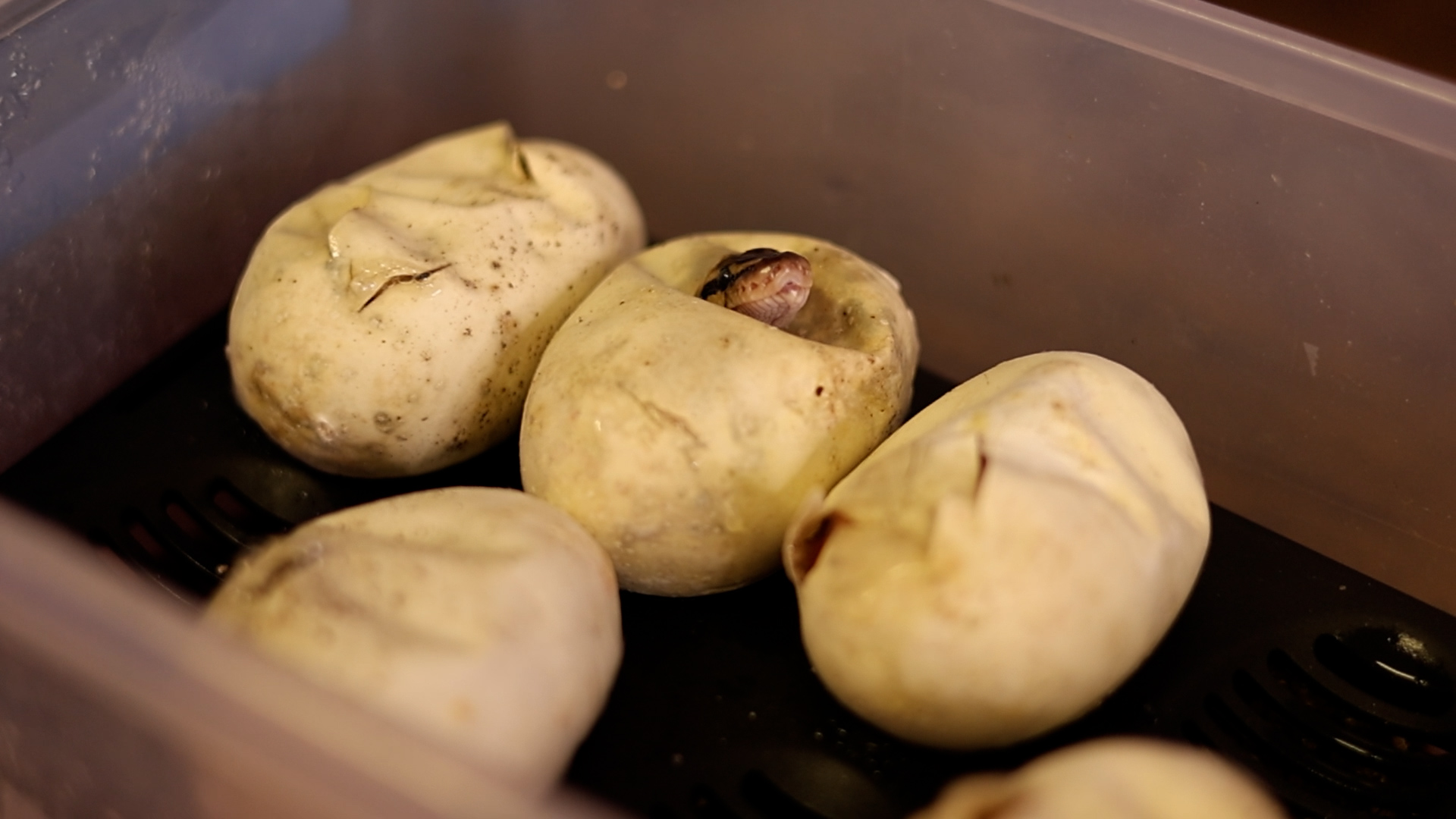We were lucky to catch up with Courtney Capps recently and have shared our conversation below.
Courtney, appreciate you joining us today. It’s easy to look at a business or industry as an outsider and assume it’s super profitable – but we’ve seen over and over again in our conversation with folks that most industries have factors that make profitability a challenge. What’s biggest challenge to profitability in your industry?
The high-end ball python breeding world is completely different than the pet-side of the industry and is a mix between business, farming, and gambling all rolled into one niche, tight-knit industry. Due to the rarity and demand of specific genes, it is common for a ball python that costs $10,000 in 2022 to only be worth $1,000 by 2025. This price fall is due to the increase in supply as more breeders are able to reproduce the rare gene or genetic combination that contributed to the high valuation, as well as the compounding effect of decreased demand once the breeders who were interested in the gene no longer need to buy more animals since they can breed and produce their own.
Overall, these market conditions create steep price declines where it is nearly guaranteed that the value of the offspring will be worth less than the value of the parents when those parents were purchased. To achieve profitability, breeders must try to anticipate the market demand 3-5 years in advance and attempt to create new combinations of genes that catch other breeders’ interest and subsequently those hatchlings are worth more than their initial investment. Profitability is also helped by the fact that ball python clutches commonly contain 6-8 eggs which allows a certain degree of price decline since there is an increase volume.

Courtney, before we move on to more of these sorts of questions, can you take some time to bring our readers up to speed on you and what you do?
We are LEVIATHAN, and we breed high-end and pet ball pythons in Aiken, SC. We started LEVIATHAN in 2020 right as the COVID-19 pandemic lockdown began in the U.S. Initially, we knew nothing about the reptile industry, and I purchased our first ball python, Amos, as a pet. Our family fell in love with Amos, and it sparked my interest in breeding reptiles.
At first my husband Steven, the other half of LEVIATHAN, was opposed to breeding snakes because he didn’t believe we would be able to effectively sell them since we had never met someone who had owned a ball python before. After gaining some initial traction on Instagram by posting Amos, I was able to convince him that there was a market for the animals and he agreed for me to start breeding a few clutches a year as a hobby.
Not long after, his interest in breeding sparked, and he was more interested in the high-end side of the industry. In order to reach those more high-end customers, we started a YouTube channel where we used the expertise of our day jobs (Steven has a career in the Marketing field) to create reptile content addressing issues that weren’t being discussed within the reptile industry such as “How Can a New Breeder Build a Name?” or “Why Do New Breeders Struggle to Sell their Animals?” Overtime, the YouTube channel became a center point for LEVIATHAN and while we still create a large amount of business related content, we have also branched out to creating small, reptile documentaries which has greatly raised our visibility within the industry. Our goal is to help other reptile breeders develop the skills necessary to run a successful business while also growing the reptile industry by bringing in new pet-keepers.

Any insights you can share with us about how you built up your social media presence?
Social media has been the most important tool for growing LEVIATHAN. Early on, we posted daily content on Instragam and weekly content on YouTube. Whenever we post content we hope to achieve at least one of two goals (but hopefully both):
1. Create Content that Stands Out – While this is probably a cliché at this point, one of the goals of our content is to look different than the majority of other content in our industry. We tend to due this through increasing the production quality of our videos and pictures beyond what most other people are able to create in the reptile world. This increase in production quality hopefully catches the attention of our audience and signals the professionalism that we would like to convey which is often lacking in the reptile industry.
2. Provide Value – Each piece of content that we create must provide value to the audience. It must answer a question they might have, it must give insight into a nuanced topic, and we try to convey community and belonging in our posts. We want to make people feel valued, and we want to help them achieve their goals in the reptile industry.
Starting out on social media, beyond simply posting content, I recommend finding an online community related to your niche and integrating yourself as an active member. Comment on other peoples posts, start conversations in messages, and be active in live chats. This can greatly increase your visibility and while it won’t lead to virality, it forges genuine connections with people in your industry that are more valuable than views in our opinion.

What else should we know about how you took your side hustle and scaled it up into what it is today?
LEVIATHAN started out as a hobby, grew into a side-hustle, and at this point is my full-time income (Steven still works his regular job). LEVIATHAN started as part of the massive growth in the industry that occurred during COVID and continued to grow through the reptile industry contraction that occurred in 2023.
The biggest milestones we had were the transition from pet-keeping to breeding, starting social media, producing the reptile documentaries, and hatching out new babies every season.
Contact Info:
- Instagram: https://www.instagram.com/leviathansnakes/
- Youtube: https://www.youtube.com/@LeviathanSnakes



Image Credits
Courtney & Steven Capps of LEVIATHAN


